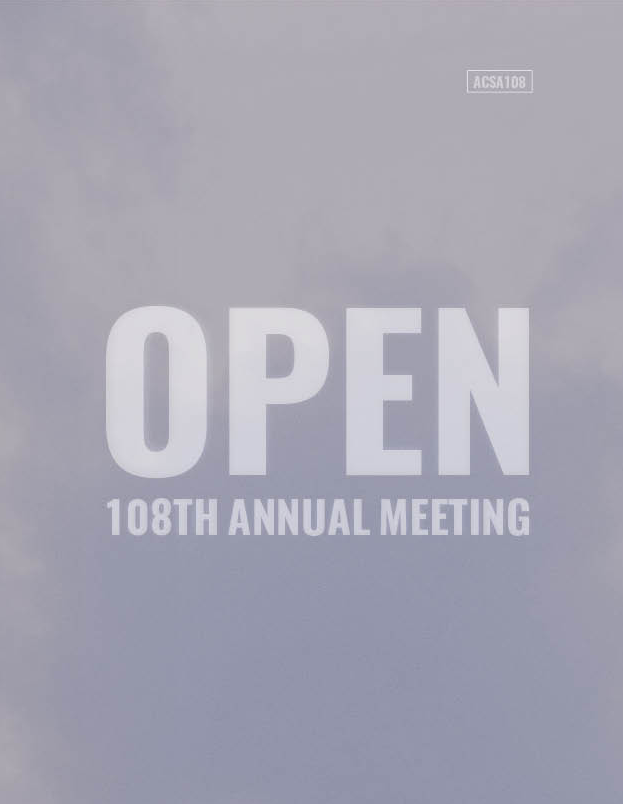Author(s): Yoonjee Koh
Architecture as a field of study relies on dialogue. As the design studio centers around modes of constructive critique through desk-crits, pin-ups, and reviews, a culture of discussion stands at the core of Architectural study. The format of dialogue has undergone a process of evolution in Architectural education. Rooting its genealogy after the Ecole de Beaux Arts’ academic structure, early design studio reviews in the US typically comprised of a closed jury system; students were left behind closed doors until the jury completed assessment of the students’ work. Since the Great Wars, the private nature of the closed jury has slowly permeated to take the familiar format of the design review today, which involves a student presentation with an ensuing critique by the jury. With a number of initiatives and programs that advocated for changes in the Architectural scene in the late 20th century – such as Cedric Price’s “Taskforce” at the AA that re-imagined a student’s capacity to drive thesis questions, Price’s Thinkbelt which captured architecture’s social responsibility in the 1960s, as well as Gordon Matta Clark’s experimental dinners at FOODrestaurant in SoHo, New York in the 1970s that demonstrated his concept of “Anarchitecture” – intellectual dialogue began to extend beyond formalized groups and traditional spaces of conversation. Paired with shifts in higher education, notably by Paulo Freire and Henry Giroux who developed the philosophy of Critical Pedagogy since the 1980s, Architectural pedagogy gradually shifted to foster a sense of organized social responsibility with agency towards civic change.
https://doi.org/10.35483/ACSA.AM.108.119
Volume Editors
ISBN
978-1-944214-26-5

 Study Architecture
Study Architecture  ProPEL
ProPEL 
